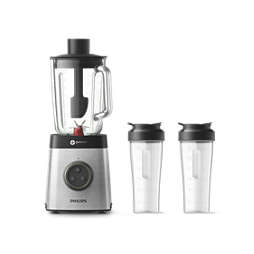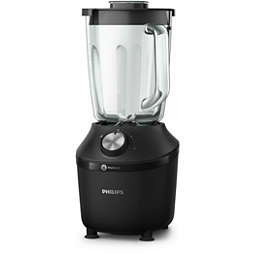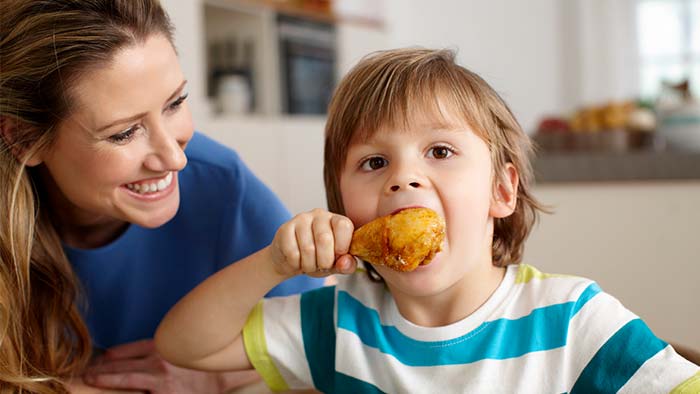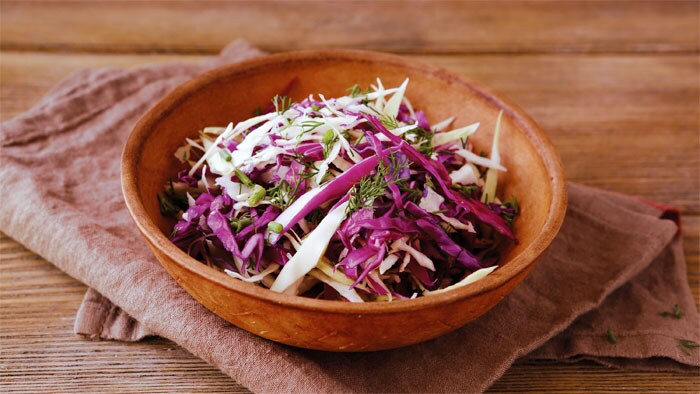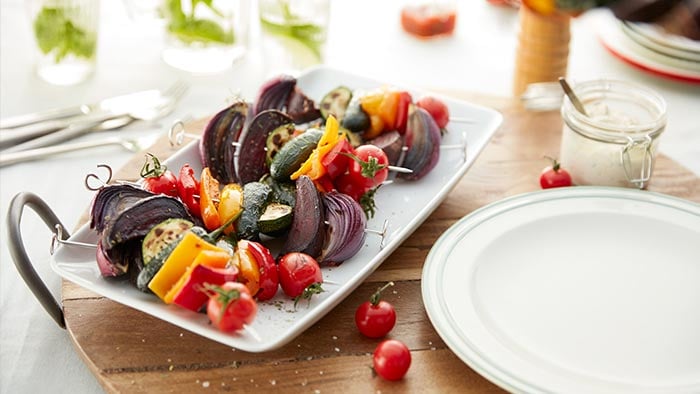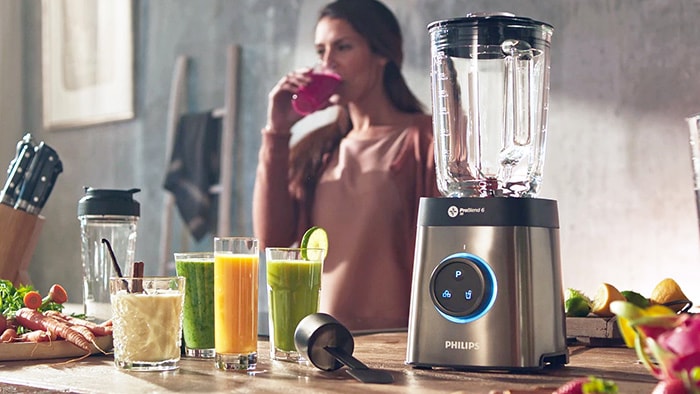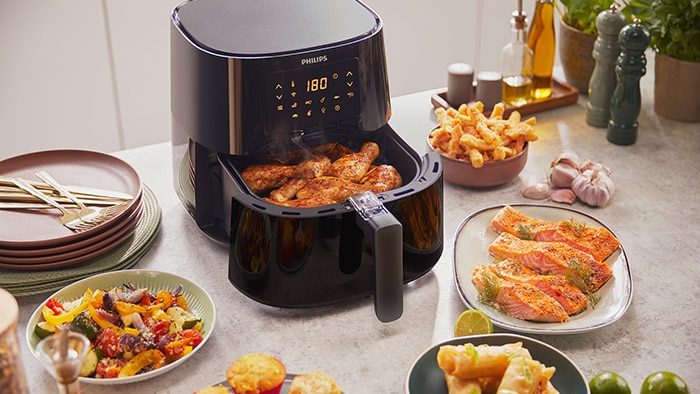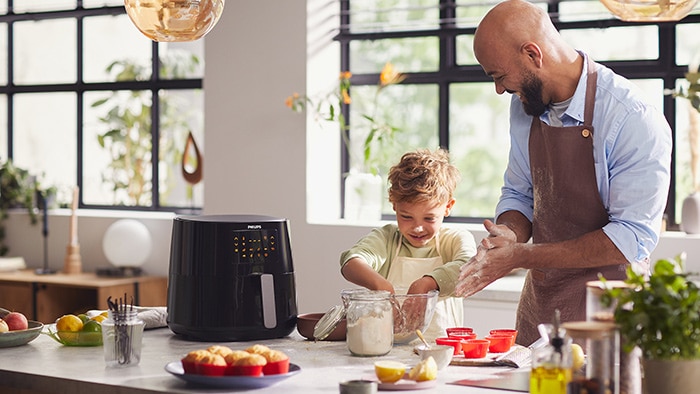Reading time: 7 Min
Tips for making baby food at home: A simple guide to preparing baby food yourself
Have you noticed how impatient children can be when they’re hungry? They often can’t wait for the food to appear on the table or, even better, in their mouth. No wonder reaching for ready-made baby food is an easy option, and you probably find yourself doing just that more often than you would like – but is this choice best for baby food?
When done right, homemade baby food not only contains lots of love, but the fresh ingredients offer a well-balanced diet, full of vitamins and essential nutrients. It even works for picky eaters: when you make your own baby food, you can adjust the taste perfectly to your little food critic to ensure they devour spoon after spoon with gusto.
From the right tools and storage methods to showing you the best vegetables for baby food, our guide will help you learn how to make baby food with ease.
Is it difficult to make your own baby food?
You may be surprised to discover that preparing baby food yourself is not difficult at all. With the right equipment, a few simple tips and tricks – and of course the right ingredients for baby food – you can start making baby food in just a few minutes.
Preparing baby food: what do you need?
To make your own baby food, you need only a few important tools in your kitchen. Here is our simple guide to which pieces of kitchen equipment are best for baby food.
Blender: If you want to make your own baby food, the best option is using a high-quality blender. These products are capable of quickly turning your ingredients into a smooth, wholesome puree. The high-performance blender Philips Avance Innergizer releases up to 97% of the nutrients from fruits and vegetables thanks to 45,000 RPM per minute. Offering a soup function among its five pre-programmed modes, you can use this blender to prepare both hot and cold food very quickly.
Steaming basket: If you want to retain as many nutrients as possible, cooking vegetables gently is best. Hanging a steaming basket in a saucepan over the boiling water is an ideal option for this.
Jam jars: Jars make ideal storage once you finish making your baby food. Preparing baby food in advance, putting it into jars for cooling and then storing it in the refrigerator will save you a lot of time. After all, these jars are now ready-made, and you can quickly warm them up when the kids are hungry. Jam jars are ideal because they contain no harmful plastic, can be sterilised and, once the little ones have grown, can be used for other purposes.
What are the best vegetables for baby food?
The best part about making baby food yourself, is you can include anything you like! You just need to let your creativity flow when it comes to choosing ingredients for baby food. Method: If you are using the Philips Avance Innergizer, you can add the raw carrots directly to the blender and simply select the soup mode in order for the device to do the work for you. You can use this basic recipe with other vegetables of your choice.
Top tip: When you first start weaning, be careful to use easily digestible vegetables. That is why carrot and parsnip purees are so common: they are easily digested, delicious, not seasonal, and produce a smooth and tasty puree.
If you want to cook a classic carrot puree, here’s a super simple recipe for you to try.
Ingredients:
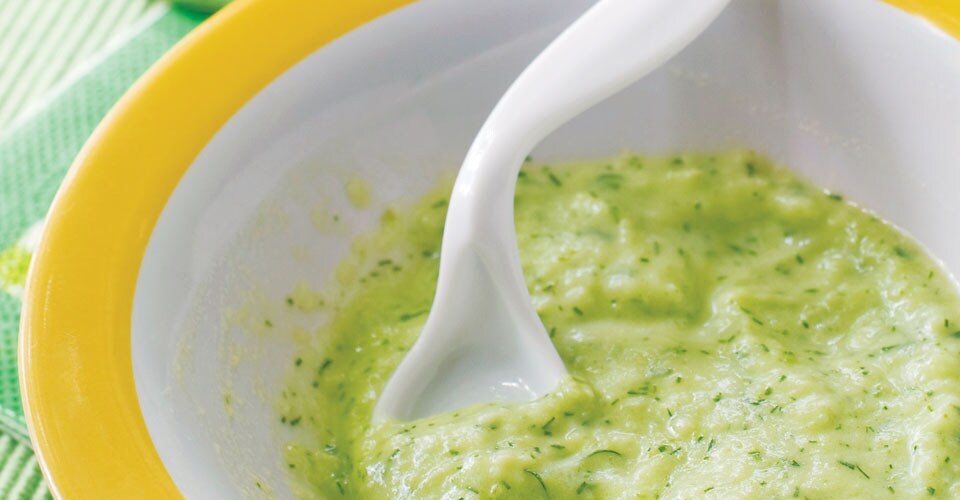
Homemade baby food: it doesn’t always have to be carrot
When you’re making baby food, carrot isn’t the only vegetable which is easy to puree. So, what are the best vegetables for baby food? This will depend on the season, as seasonally fresh vegetables tend to contain lower levels of nitrate. Why not try preparing baby food using some of the following ingredients? If you make your own baby food, it’s important to use vegetables that contain as little nitrate as possible, for example, cauliflower, courgette and, of course, carrots. Use organic vegetables since they tend to have less nitrate in general. Nitrates should be consumed only in small quantities by infants; under six months they can even become dangerous†.
What you need
-
Avance Collection Blender High speed, ProBlend Tech. 1400 W
HR3655/01
- 1400 W
- ProBlend 6 3D
- 1. l glass jar
- 2 tumbler jars
- £119.99*
-
3000 Series Blender ProBlend Crush Tech. 600 W 2 L
HR2291/01
- ProBlend system
- 2 L Maximum Capacity
- 1.25 L Effective Capacity
- 2 Speed settings and pulse
- Glass Jar
How to make baby food: refining consistency and taste
Broccoli, cauliflower, and spinach are good flavours to introduce in the first two weeks of complementary feeding due to the particularly bitter notes they have. Once your child is old enough, you can start seasoning or choosing flavourful ingredients.
Variety is very the spice of life. If you want to really excite the taste buds of your child, try mixing up the vegetable puree recipes you use when preparing baby food. If you expose your child to a variety of vegetables early on it will help establish healthy food habits for life. If you need some tips for making baby food, here are some beginner baby food recipes to try:
How to make your own baby food: which meat and fish are best for baby food?
From six months, it’s time to start introducing meat or fish in your baby food - either pureed or mashed - such as minced beef, lamb, pork, and poultry as well as mashed or cooked flaked fish. From nine months, you can give your child larger meat chunks. You can also introduce baked or breaded fish. The most important thing to remember is to choose lean cuts and make sure they are cooked all the way through before serving them to your children, and be sure to work with your child’s doctor to understand potential food allergies and find safe alternatives.
What if your baby still does not acquire a taste for all these exciting ingredients? Try different colours and flavours when making baby food yourself. The greatest advantage of homemade baby food is that you can control consistency, texture, ingredients depending on your child’s age and refine and customise your recipes according to their individual tastes.
Now that we have provided you with a variety of tips for making baby food, and even some simple recipes to try, you can start to create your own homemade baby food in no time at all. Just don’t forget to make it in advance so you have some grab-and-go jars ready for when their rumbling tummies call.
Source(s):
† FSA
